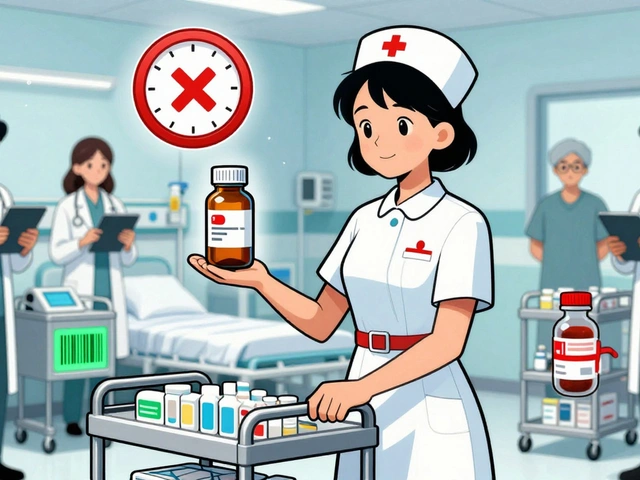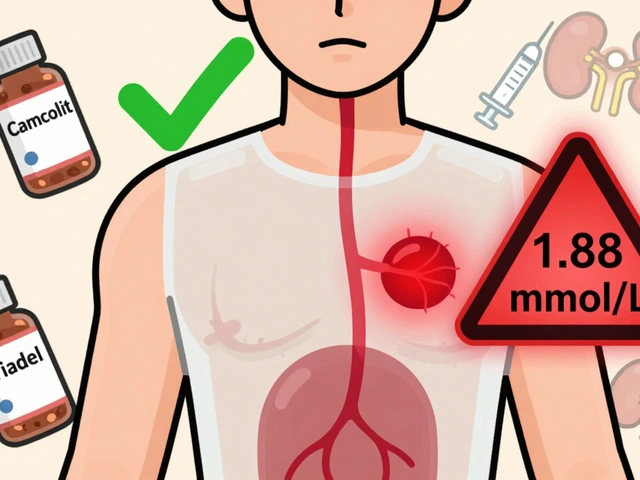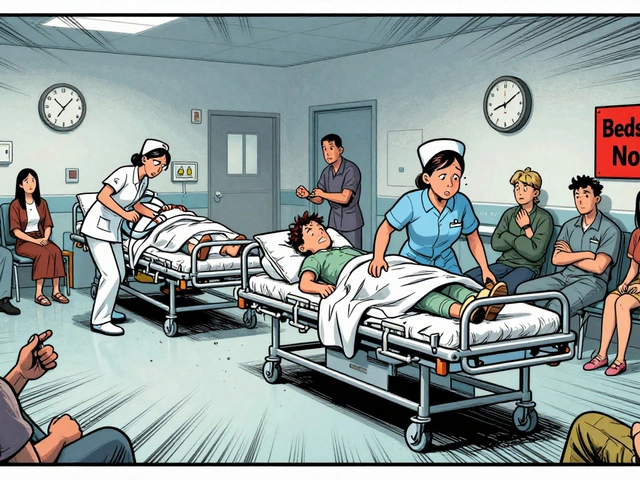Medication comparison: pick the safest and most affordable option
Want to know which drug really fits your needs without wasting money or risking side effects? A solid comparison looks at active ingredient, dose, side effects, interactions, price, and where you buy it. I’ll walk you through the practical checks I use when comparing meds so you can make smarter choices with your doctor.
How to compare drugs the smart way
Start with the active ingredient, not the brand. Brands can cost a lot more while generics contain the same active drug. For example, levothyroxine brands and generics deliver the same hormone, but prices vary. Check dose equivalence—two drugs may sound similar but need different dosing schedules.
Next, scan common side effects and serious warnings. Don’t skip the “black box” or boxed warnings if present. Ask yourself: are the side effects manageable for my lifestyle? If a drug raises blood pressure or causes dizziness, that matters if you drive or work on ladders.
Look for major drug interactions. Use a trusted interaction checker or ask your pharmacist. Many drugs for chronic conditions interact with over-the-counter supplements, so list everything you take before comparing options.
Think about real-world effectiveness. Clinical trials tell part of the story, but patient reports and doctor experience matter too. Read focused reviews on conditions similar to yours—like pros and cons for acne drugs, thyroid meds, or blood pressure treatments—so you know what to expect beyond the label.
Cost, access, and buying safely
Price matters. Compare retail, mail-order, and online pharmacy prices. Look for FDA-verified online pharmacies and check licensing information. Beware of sites selling prescription meds without a valid prescription; that’s risky and often illegal. Use coupon cards, manufacturer savings programs, or discount cards to cut costs.
When buying online, check shipping times, return policies, and packaging. Counterfeit drugs often come in poor packaging or without lot numbers. If a price is suspiciously low, it might be counterfeit.
Consider alternatives only with a clinician. For example, switching from one blood pressure class to another can change side effects and monitoring needs. If you’re exploring alternatives to a drug (like options for hair loss or ED), weigh effectiveness, side-effect profiles, and cost together, then discuss the top picks with your prescriber.
Lastly, track outcomes. After switching or starting a medication, note changes in symptoms, side effects, and any lab results. Small notebooks or phone notes work well. If something is off, contact your doctor quickly—don’t wait for the next appointment.
Comparing meds doesn’t need to be scary. Focus on active ingredient, safety, interactions, cost, and source. Use trusted tools and your clinician’s advice, and you’ll pick a treatment that fits your health and your wallet.

7 Alternatives in 2025 to Duloxetine: What Works, What Doesn’t
Looking for Duloxetine alternatives in 2025? This article lays out clear, no-nonsense details about other medications you can consider. We break down the pros and cons of each, help you compare side effects, and share relevant facts so you can make better choices with your doctor. Expect honest talk and up-to-date info that connects the dots between real-life use and medical advice. Whether you’re dealing with chronic pain, depression, or both, these options may fit your needs.
View More




